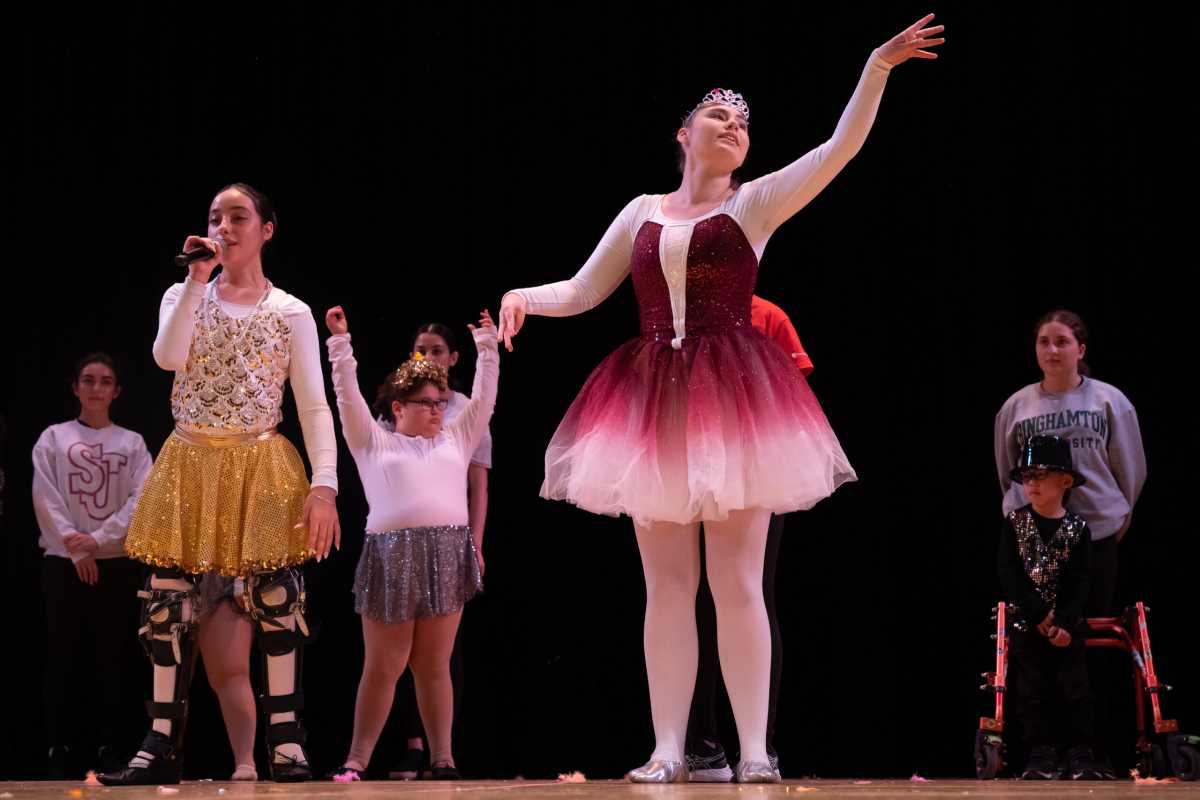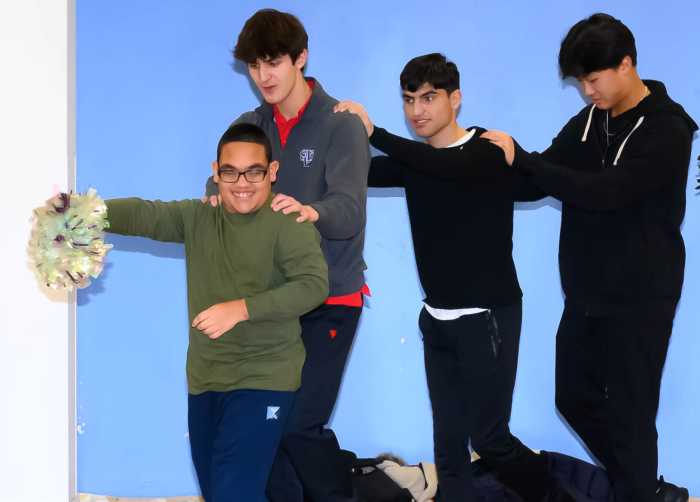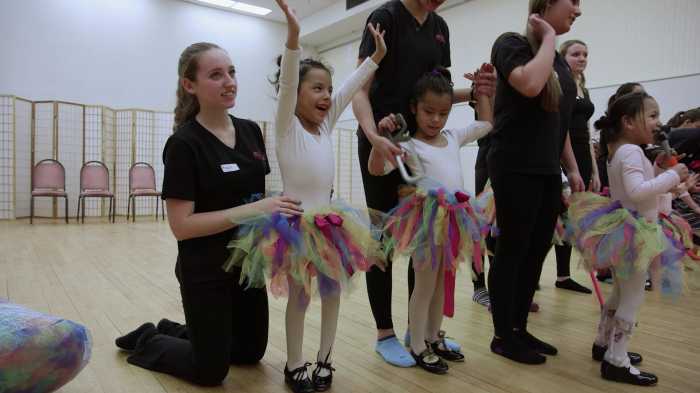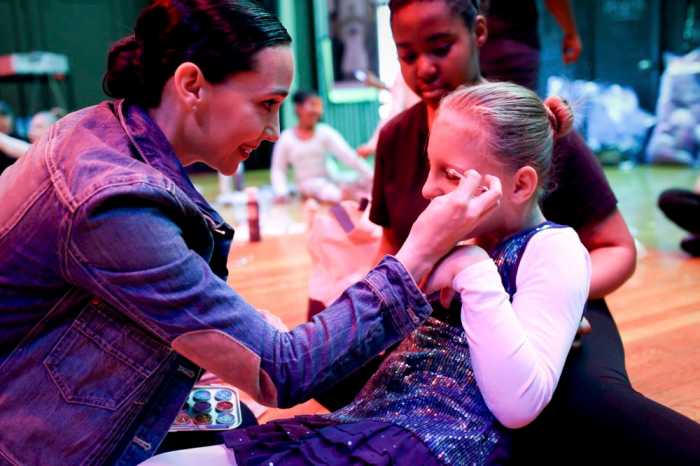More than 100 dancers with physical disabilities took to the stage at the Colden Auditorium at Queens College on May 7, taking the audience on a colorful and exciting “Road Trip” through America presented by Dancing Dreams.
The dancers between the ages of 3 and 21 “visited” famous places like Hawaii, Hollywood, Las Vegas, Route 66 and, of course, Broadway, fulfilling their dreams of being the stars in a full-scale musical production.
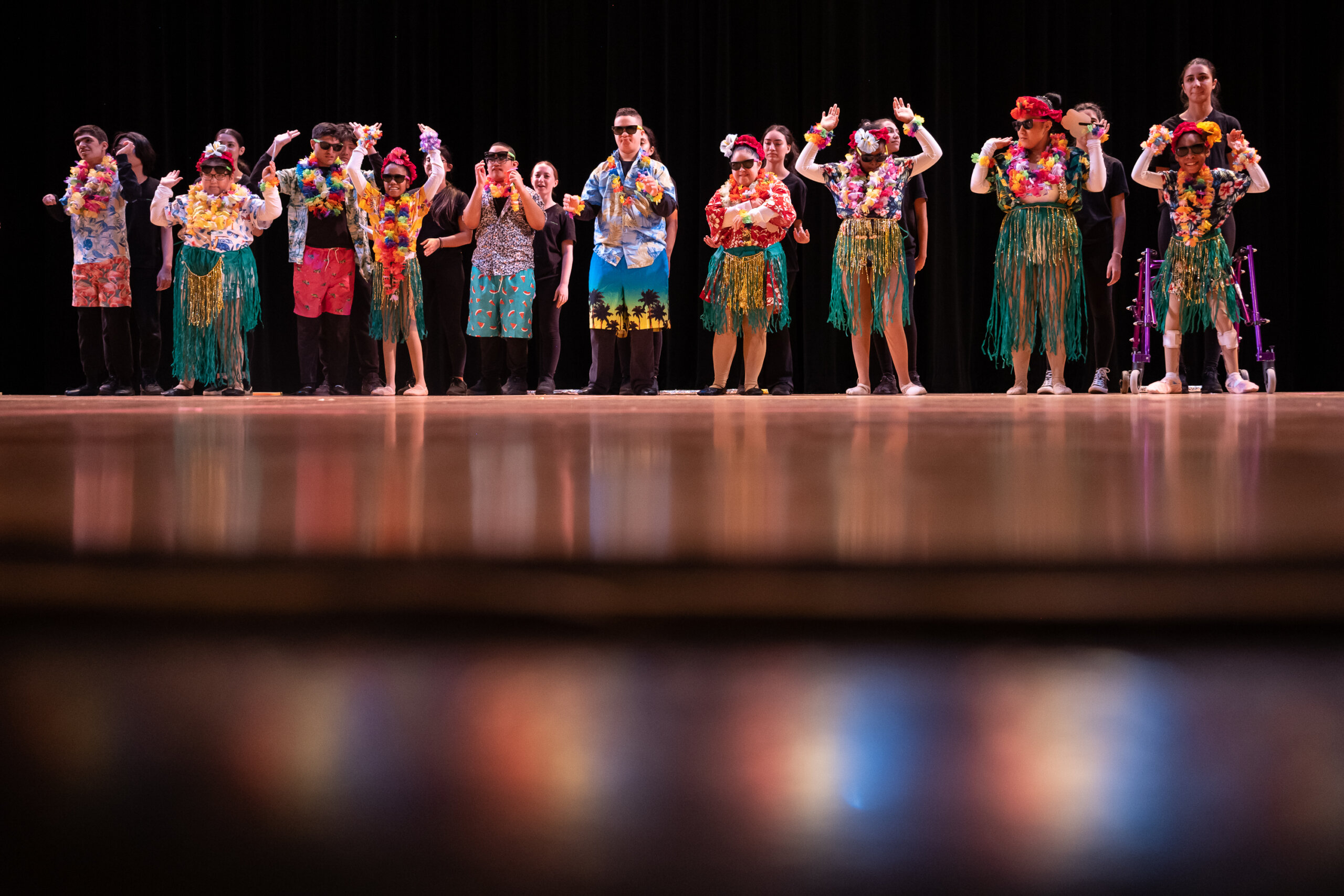
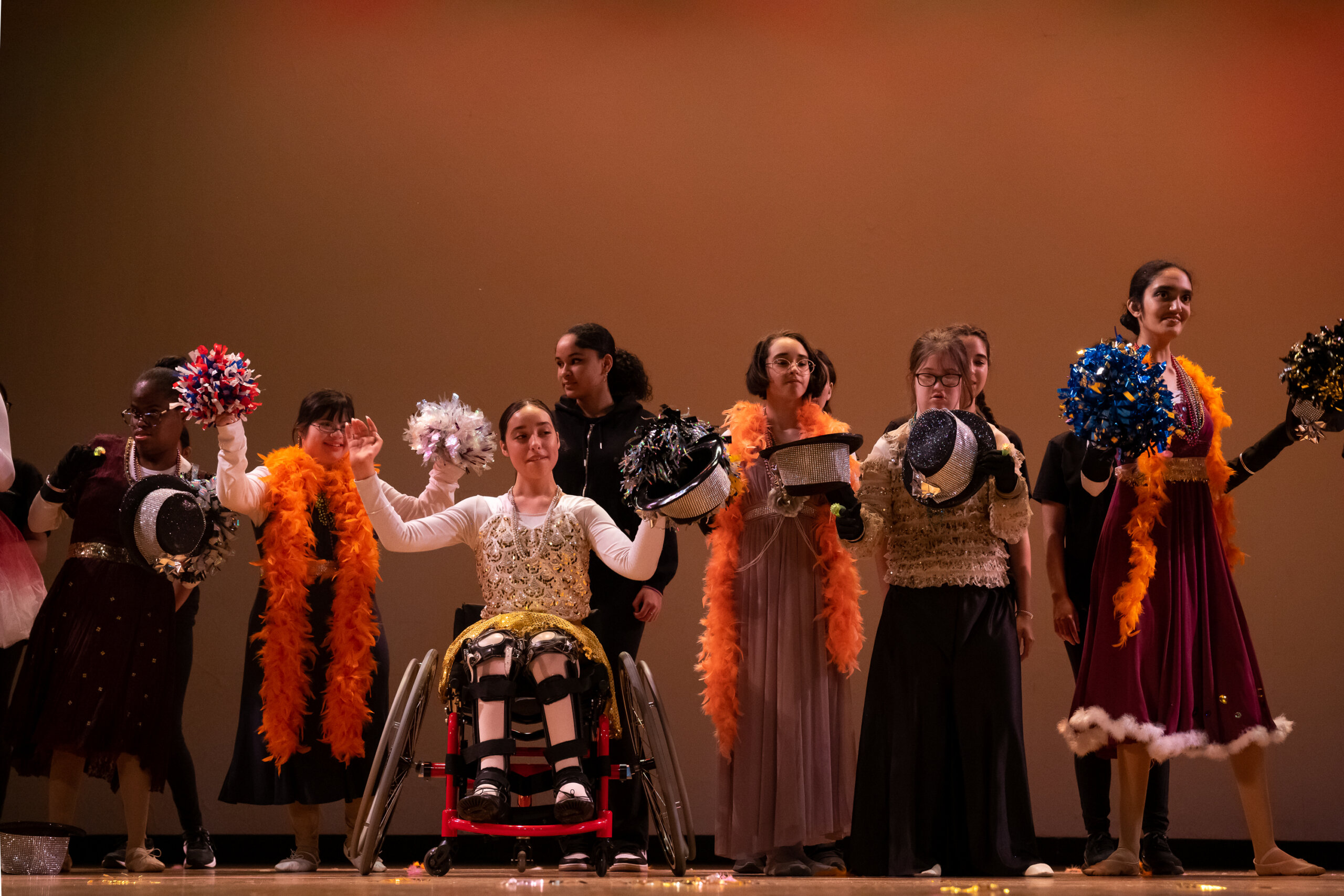
The “Divas,” dressed to the nines, performed to the tunes of Marilyn Monroe’s “Diamonds Are a Girl’s Best Friend.” Senior dancer Elizabeth Kessler danced to the song “Rainbow Connection,” sung by Leah Zelaya, who recently had a dancing role in a Jennifer Lopez movie, moving the audience to tears.
Dancing Dreams, a local nonprofit, is the brainchild of Joann Ferrara, a pediatric physical therapist from Bayside. One day, one of her patients, then 4-year-old Veronica Siaba, who has cerebral palsy, was in her office wearing a tiara and tutu. Ferrara commented that Veronica looked like a ballerina, and Veronica responded, “I wished I could be a dancer, but nobody wants me.”
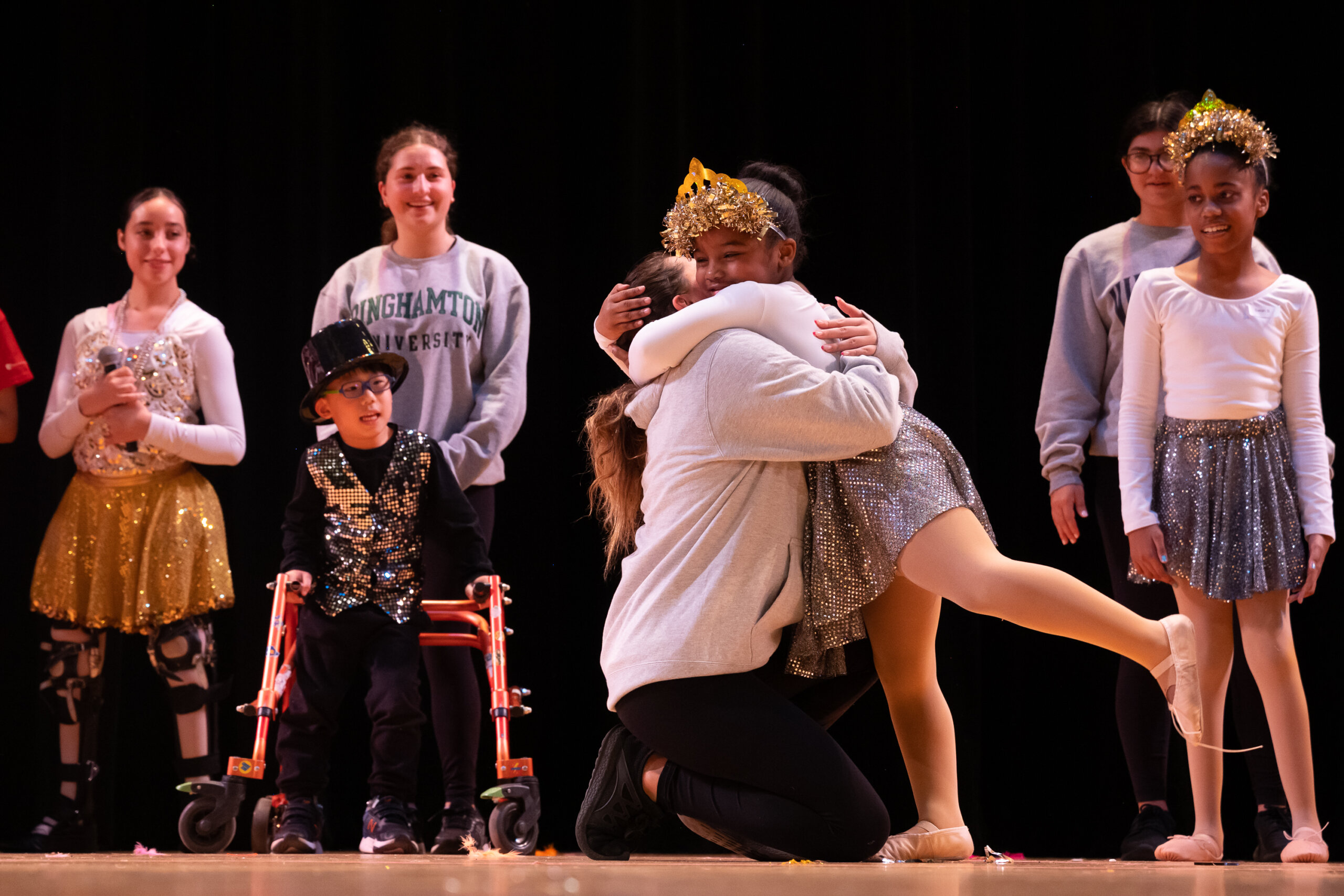
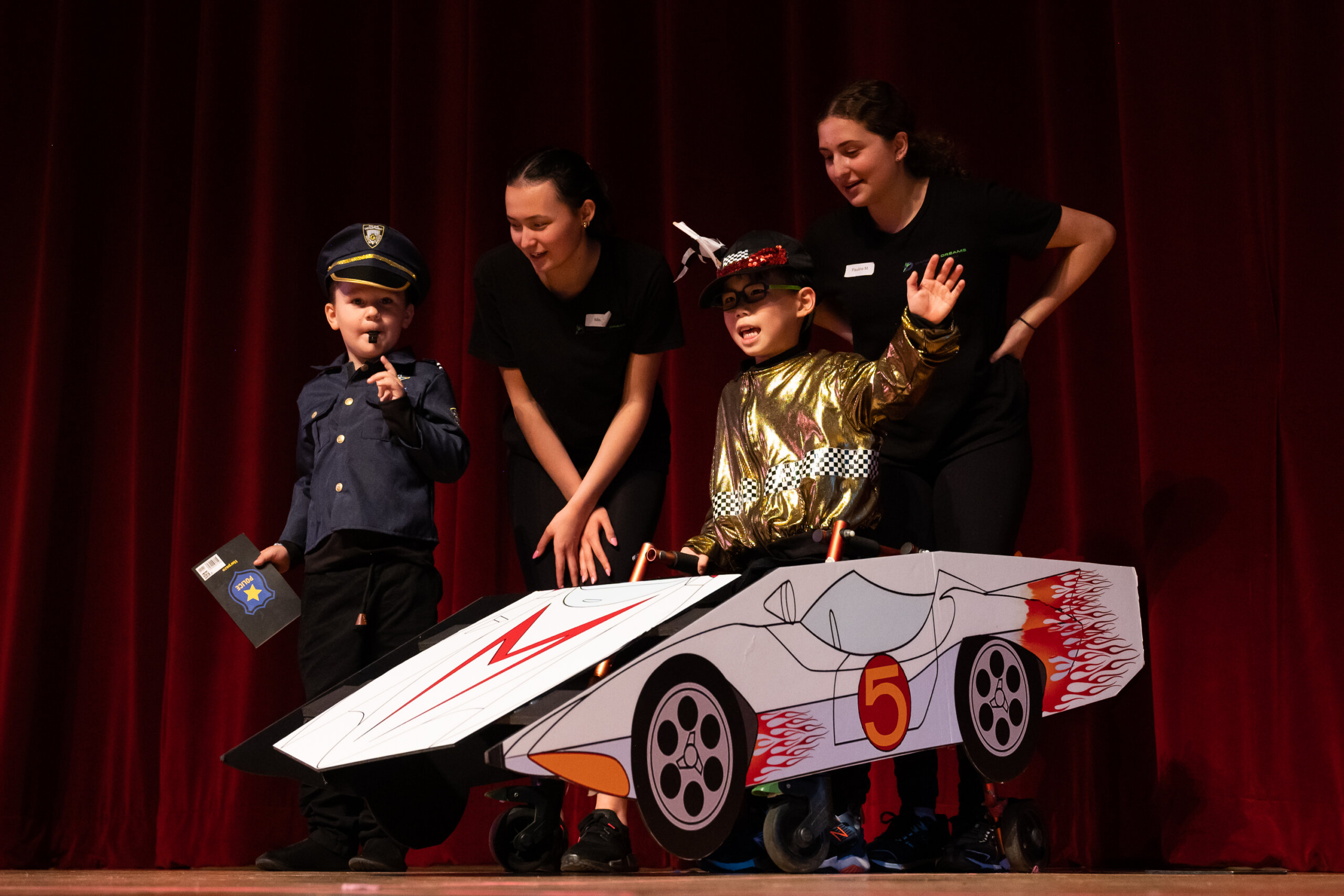
Not having any of it and without giving it a second thought, Ferrara promptly walked into the waiting room, declaring to Veronica’s mother that she was going to start a dance program for kids with physical disabilities, “never thinking, what am I doing? How am I doing this? No logistics,” Ferrara said.
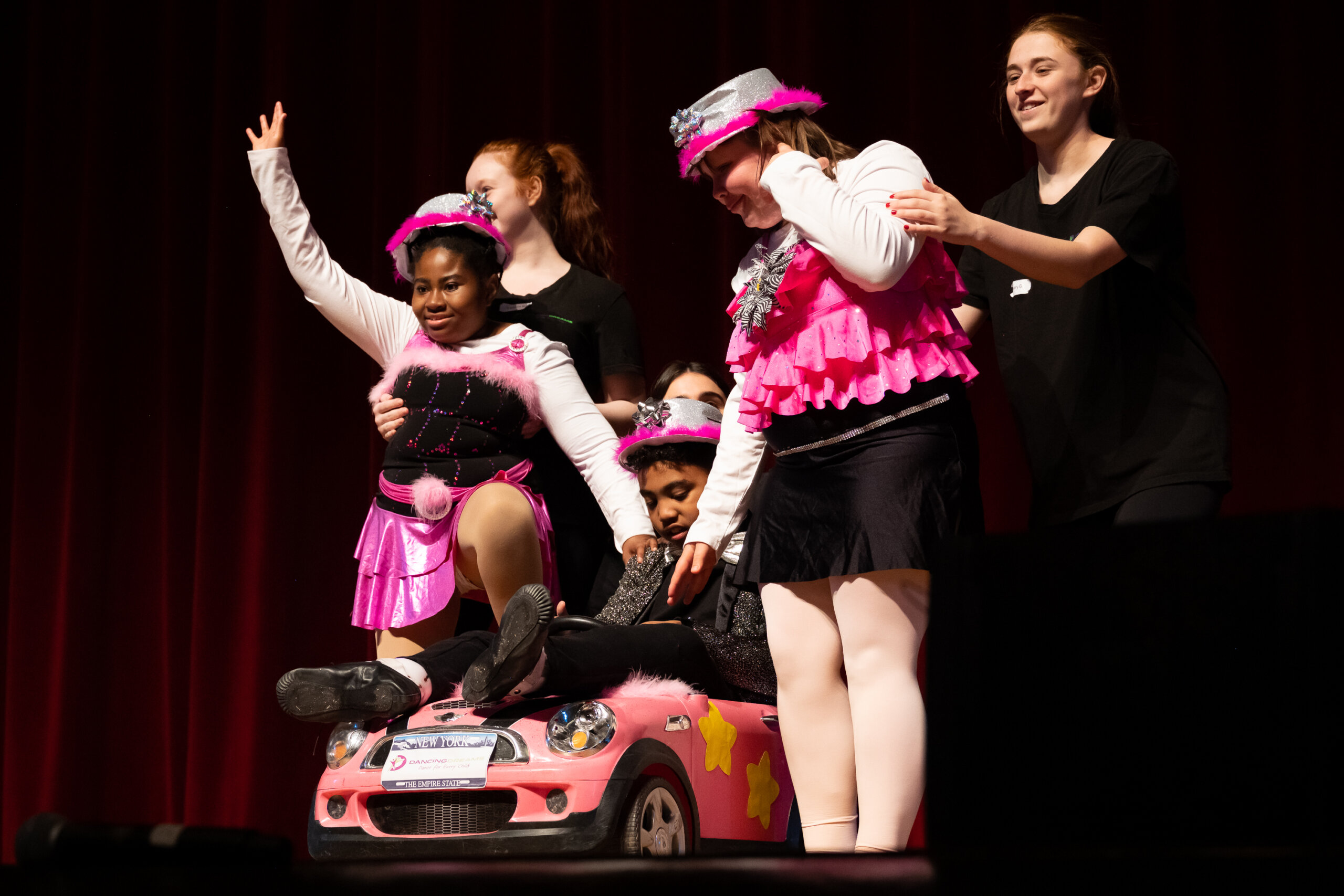
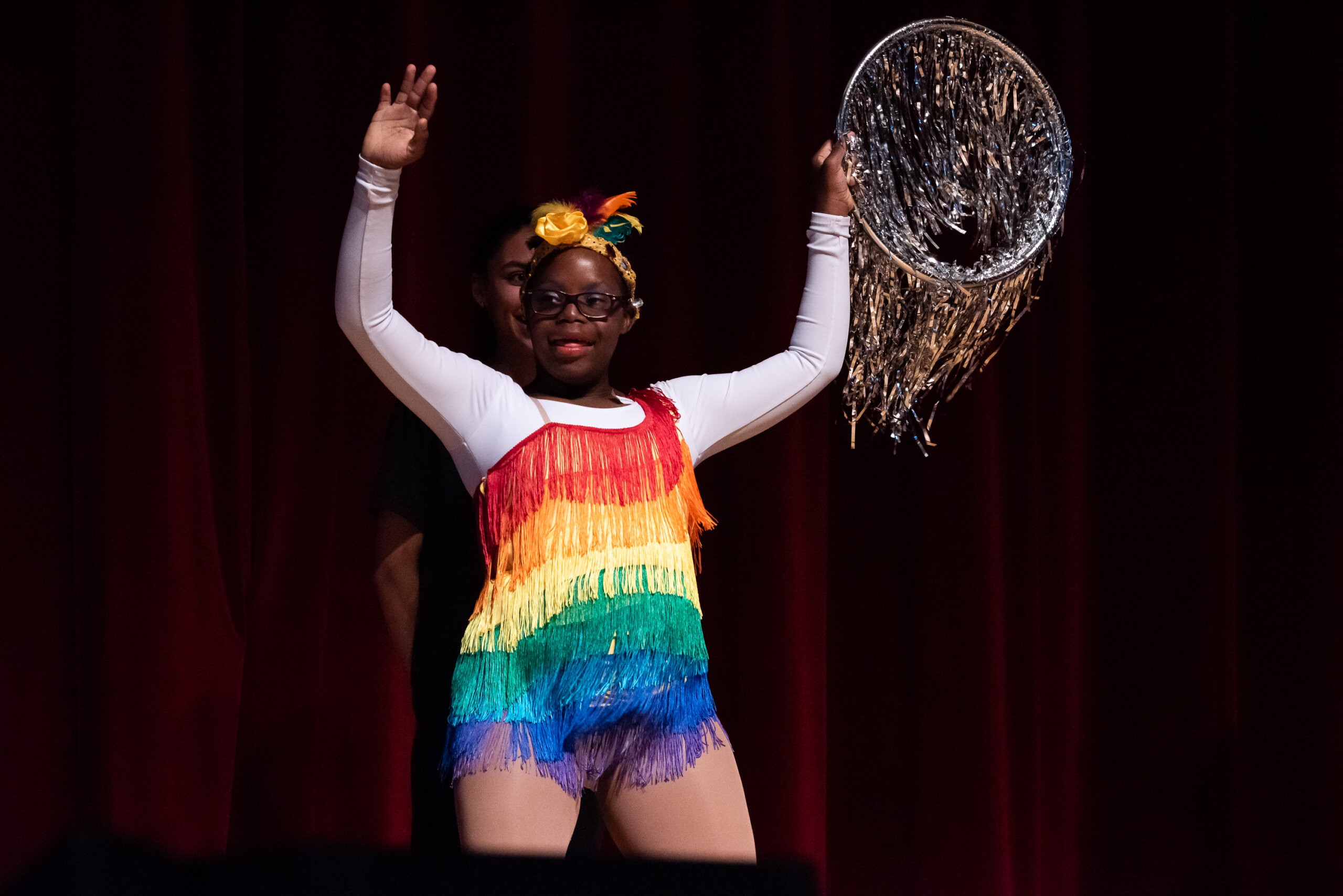
She started in the back room of her office with five young girls, and the program has grown from five to more than 130 dancers who attend weekly dance classes in Manhattan, Queens or Long Island.
For Ferrara, it is all about the dancers enjoying themselves and being proud of their accomplishments.
“We are not looking for the perfect plié,” Ferrara said. “We are looking for them to enjoy themselves. The other thing that makes me so happy is seeing them on stage and see how excited and happy they are to be the stars.”
Each dancer is paired with a teen “Helper” — a high school student enrolled in the Dancing Dreams Leadership Program — and physical therapists teach the dance classes.
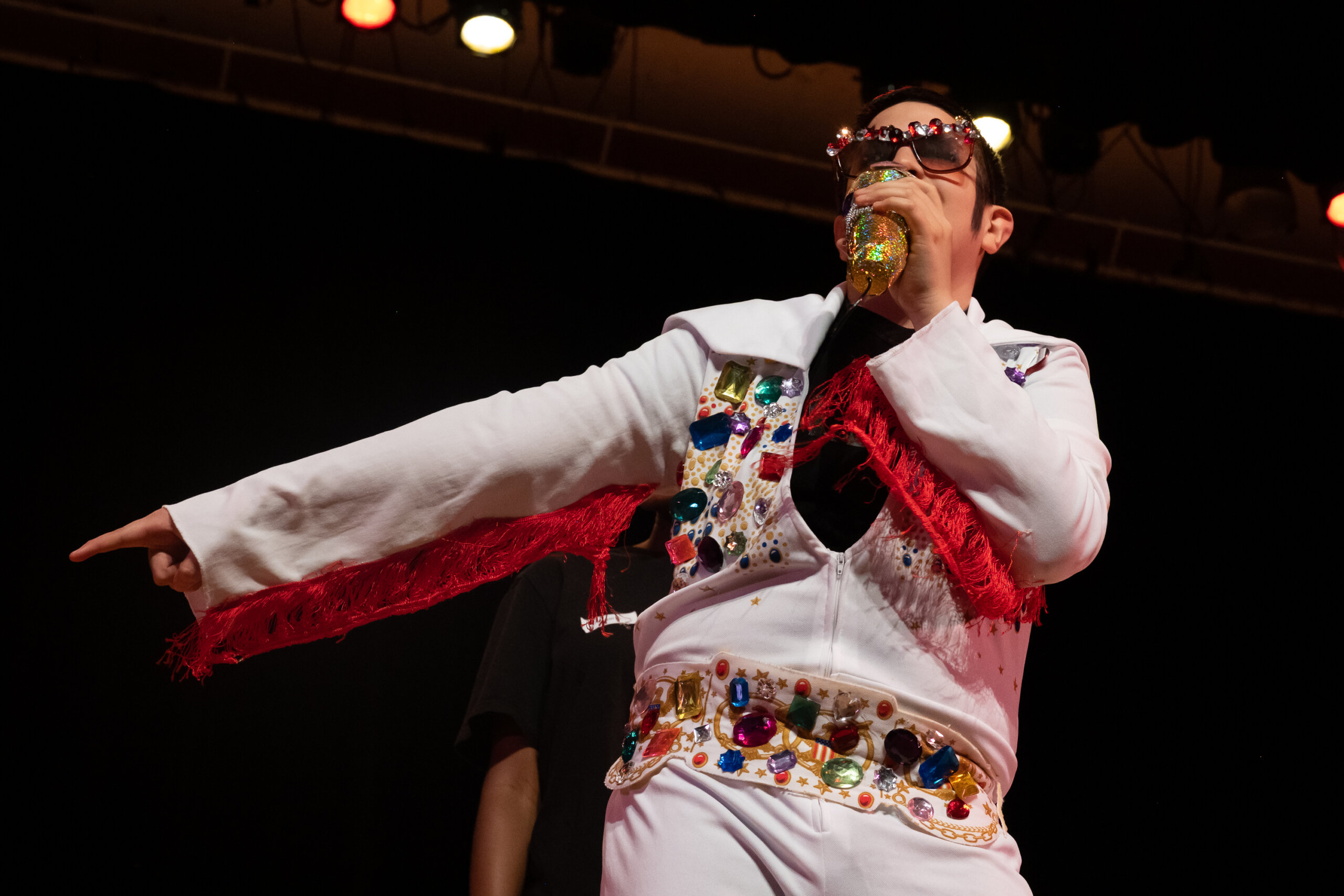
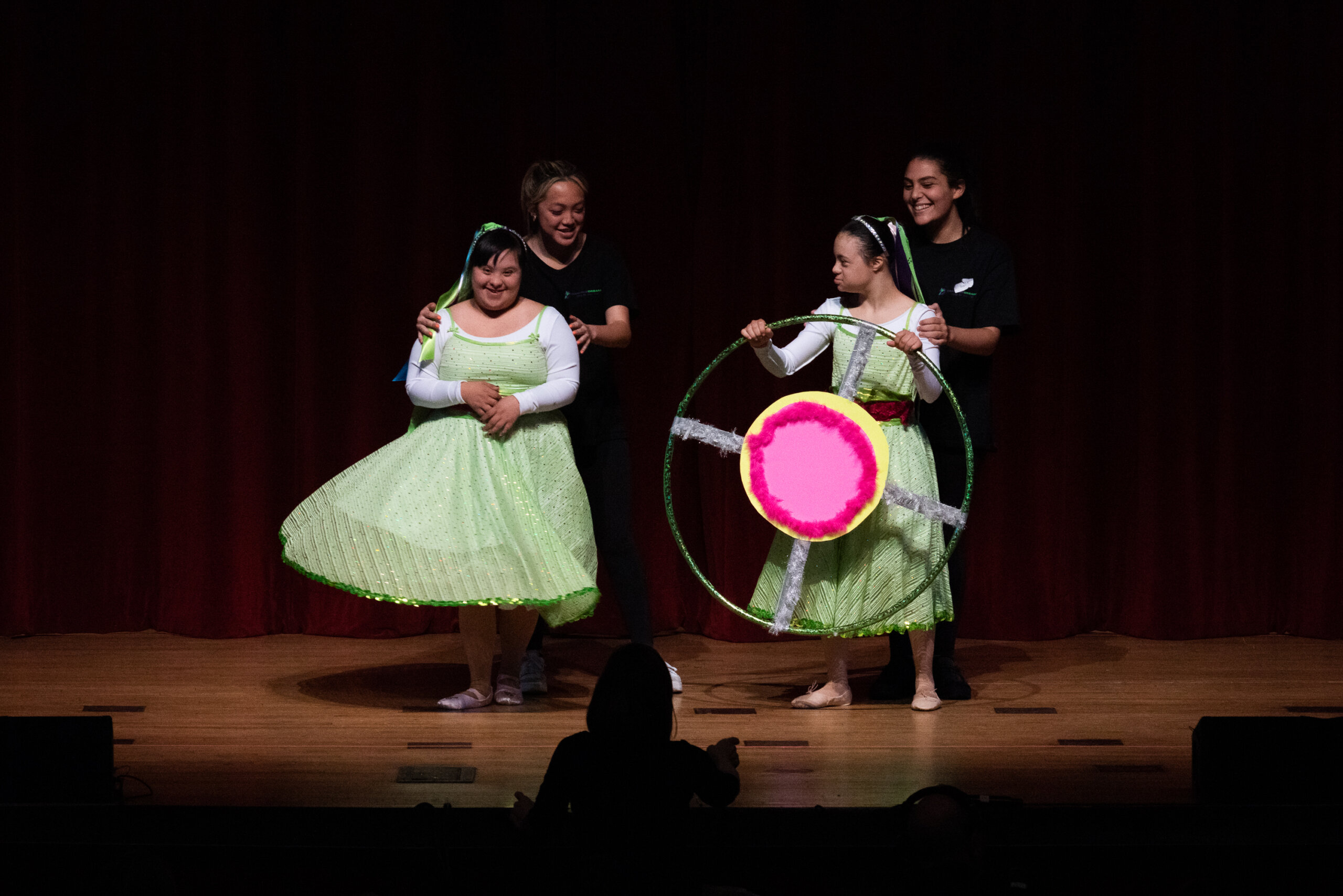
The program gives young people with physical disabilities a sense of normalcy and community, teaching them they can be anything they set out to be.
Veronica Siaba shared that she wanted to be a ballerina when she was a little girl and her mom unsuccessfully tried to find ballet classes for her.
“Eventually, you figure out that the reason why nobody’s taking you is because they don’t want you there,” the St. Johns graduate, who was part of the program until she turned 18, said.
Now in her 20s, Siaba recognizes the importance of Dancing Dreams. The program taught her that she doesn’t need to look or dance a certain way to be valuable.
“It gave me confidence and really a sense of community because I didn’t really grow up with a lot of other disabled or physically challenged people around me until I started the dance program,” Siaba said. “The truth is the disability community doesn’t have a significant amount of opportunities compared to the rest of the population.”
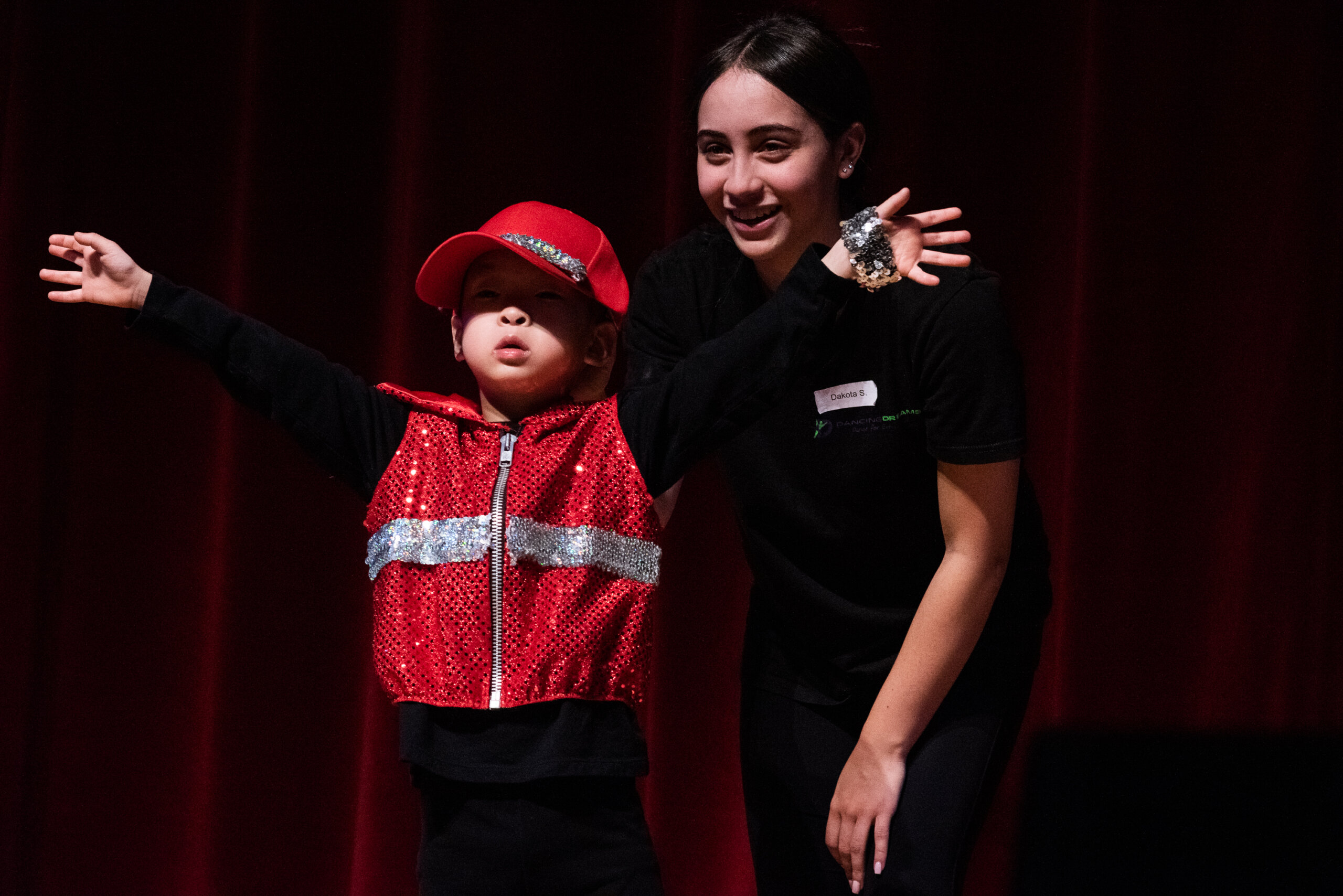
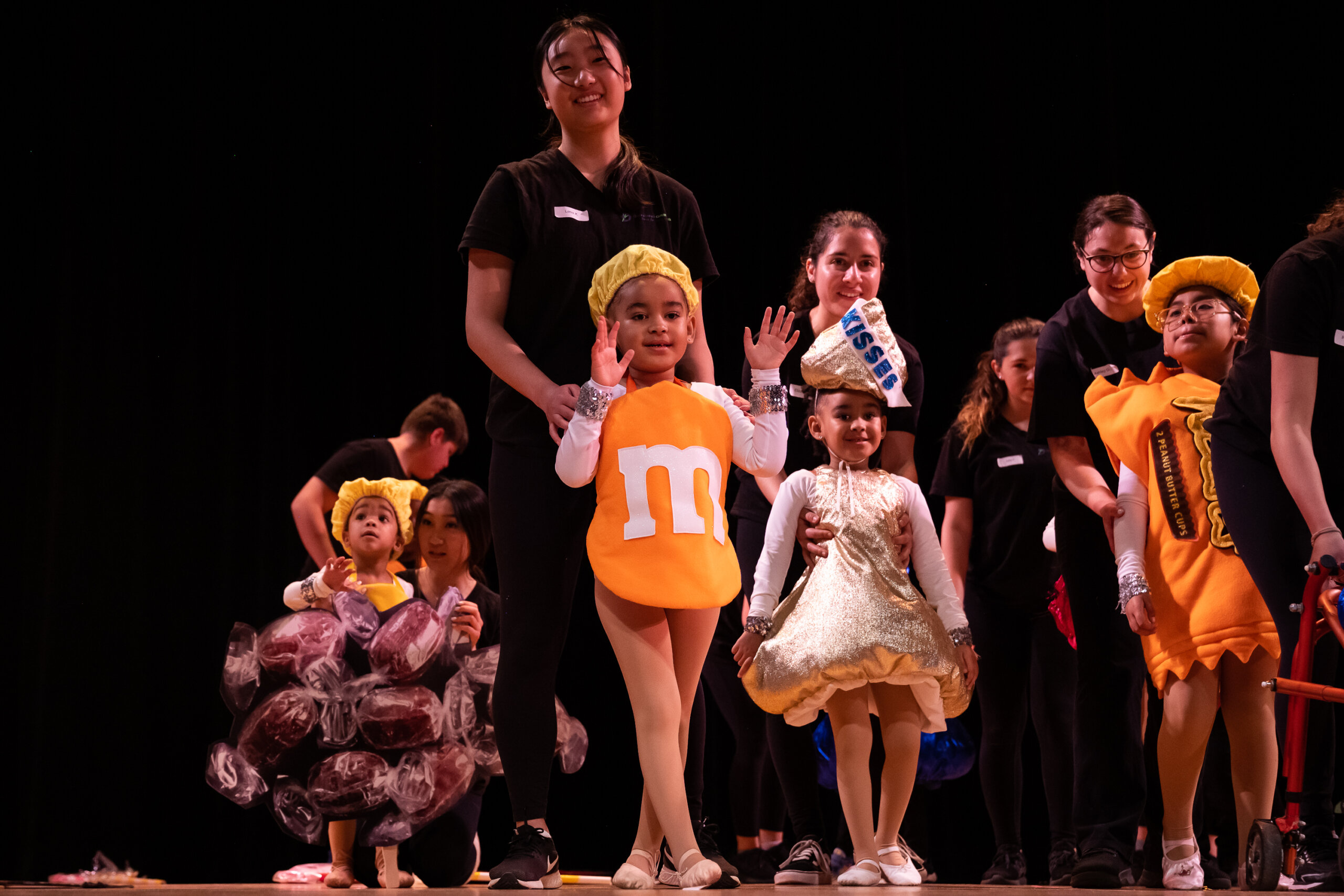
Kara McConnell’s daughter Caitlin, who is studying communications and is a motivational speaker and digital creator, joined Dancing Dreams when she was 6 years old and was a member until she turned 18.
Caitlin, who has cerebral palsy, wanted to be a dancer like her twin sister, but her mom couldn’t find the “right fit” for her daughter until she read Joann Ferrara’s book, “Ballerina Dreams: A True Story.”
“[Caitlin] just loves dancing. Her life wouldn’t be complete without it,” McConnell said about her daughter, who is also an avid skier.
Tessah Morrris has been a dancer for over three years. She was the lead in the “Hollywood” segment of the show, performing as a movie director.
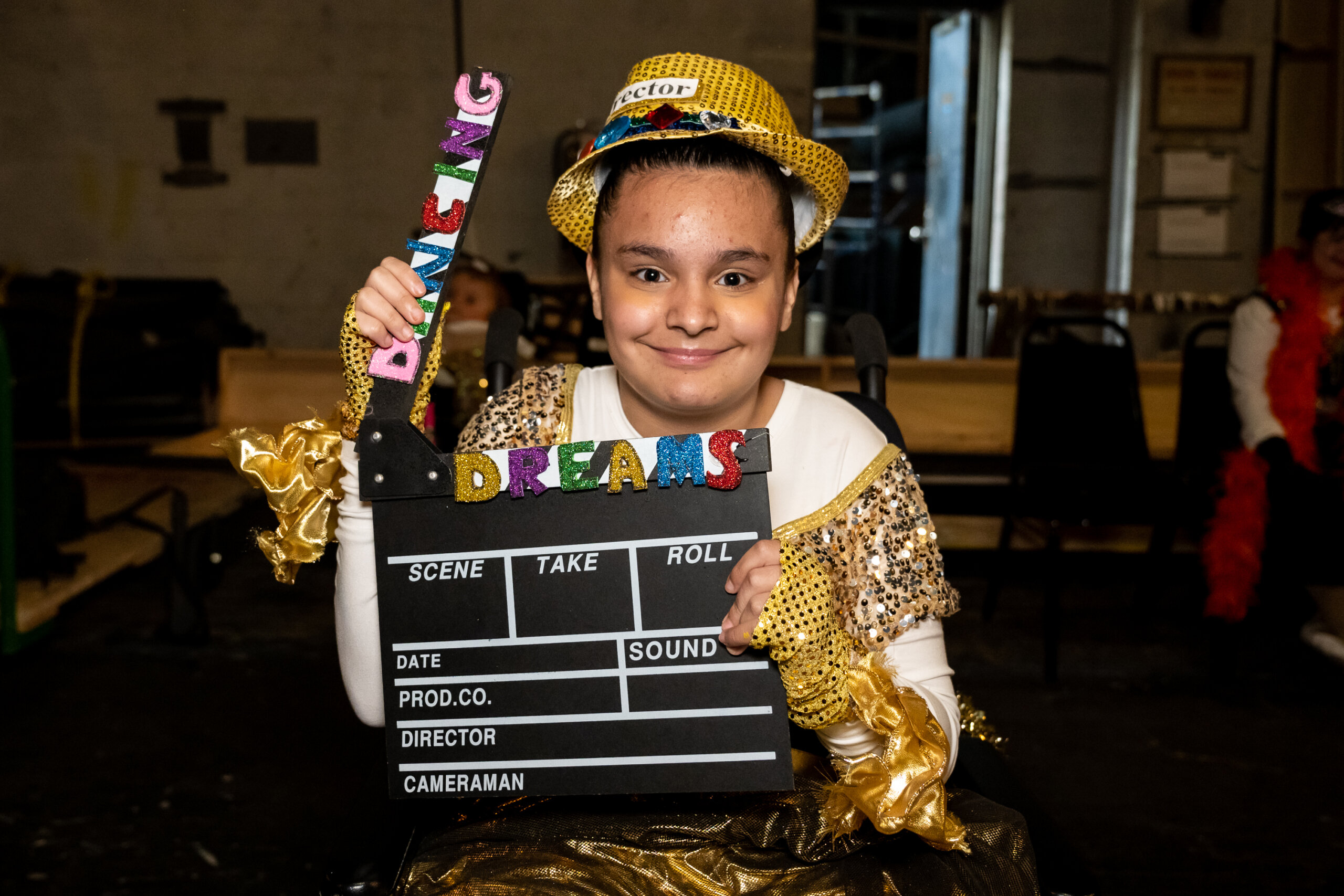
“It’s very fun for all kids of all ages. And it’s a very fun environment,” Tessah said excitedly.
Dancing Dream alumni, Kathleen Downes joined the program when she was 14. After graduating from the University of Illinois with a master’s in social work, she became the parent education coordinator for Dancing Dreams.
Downes pointed out that there aren’t many recreational opportunities for people with disabilities like Dancing Dreams. When other organizations say “no” because they don’t believe that young people with disabilities can be as good — or even better than — kids without disabilities, Dancing Dreams shows them that they matter.
“That’s a lot of rejection for a young person to deal with,” Downes said. “And when you’re constantly getting the message that people don’t want you to be part of their program, that’s very hard. So it’s very important to have environments that are made for people with disabilities so that they have the same or similar opportunities that kids without disabilities are getting.”

